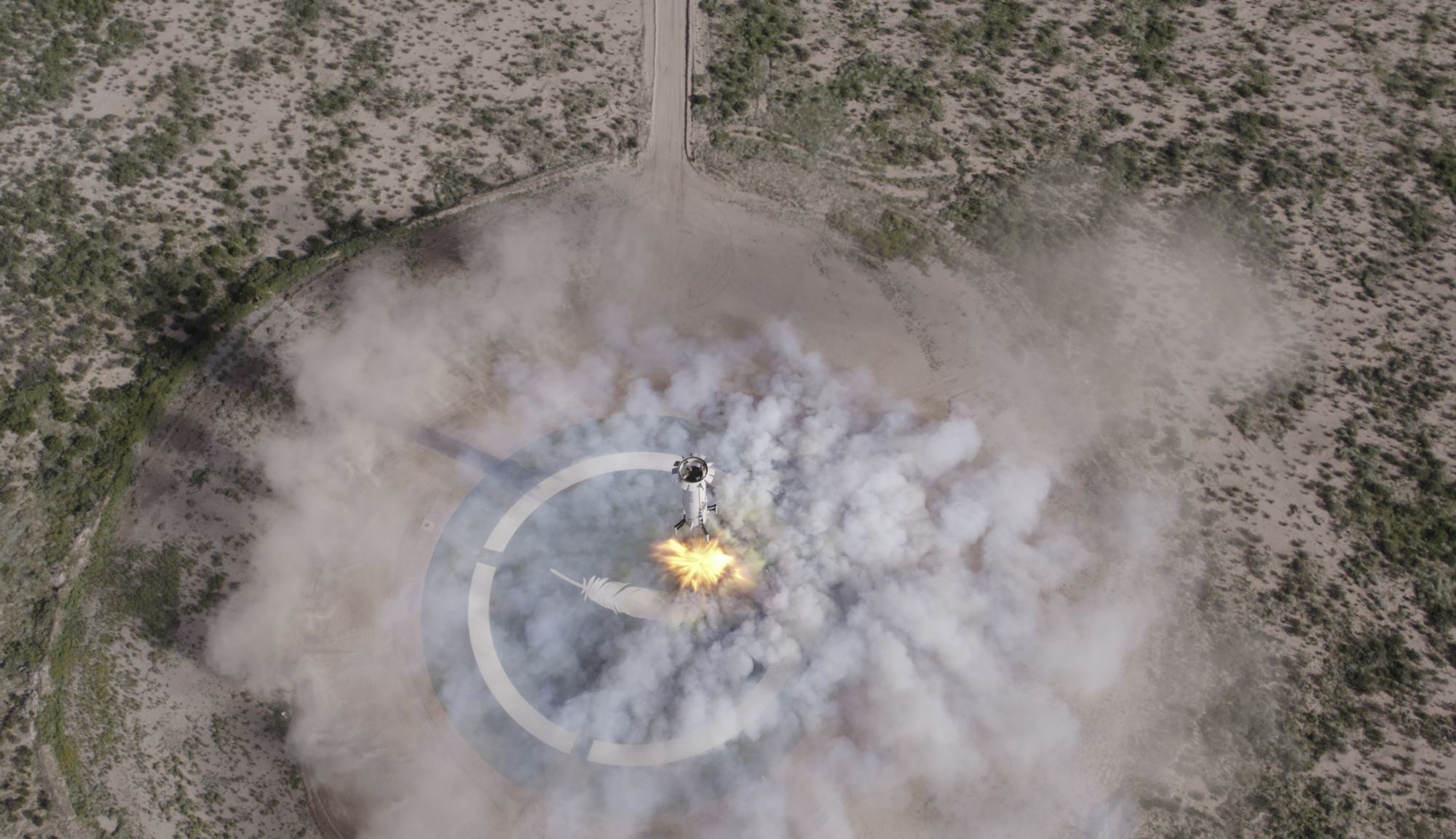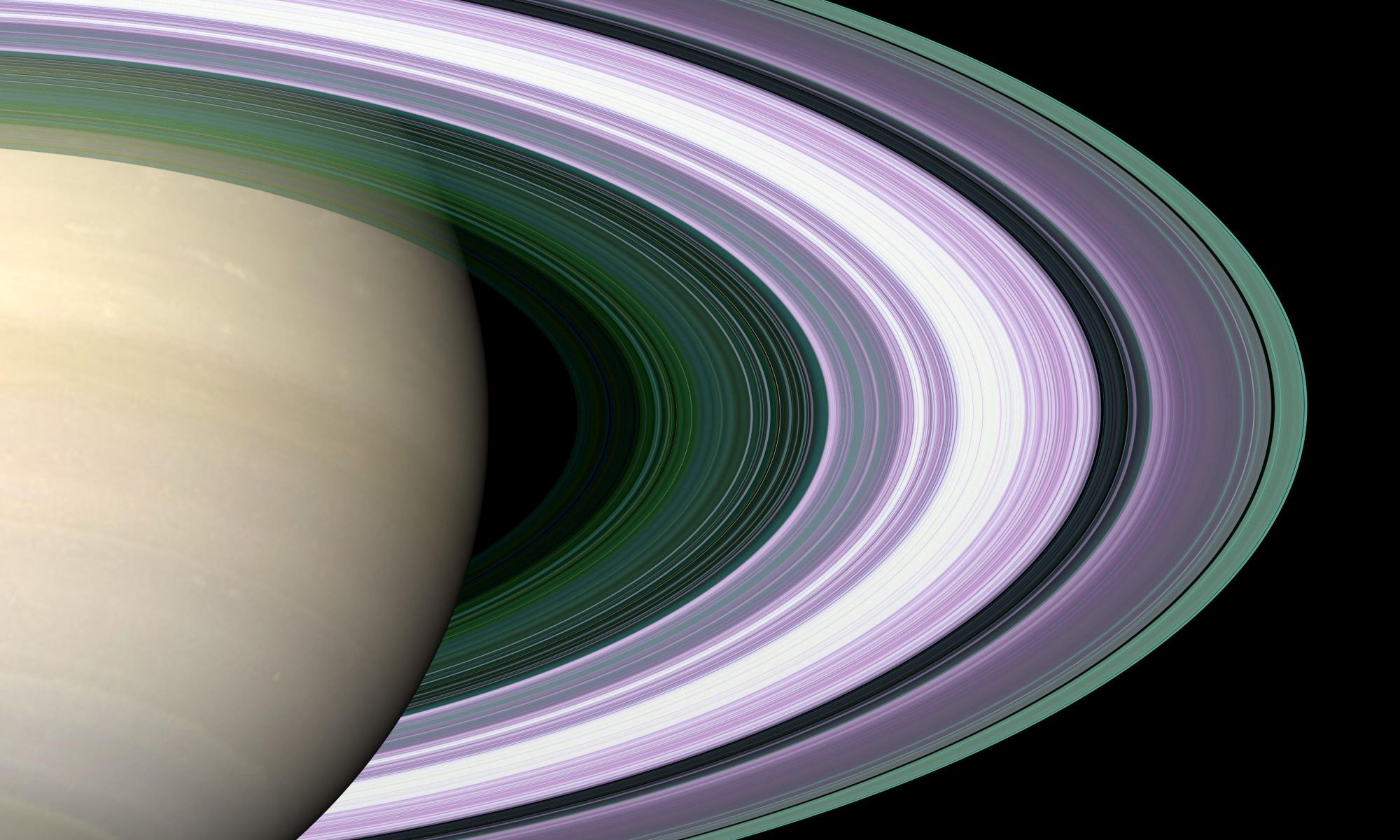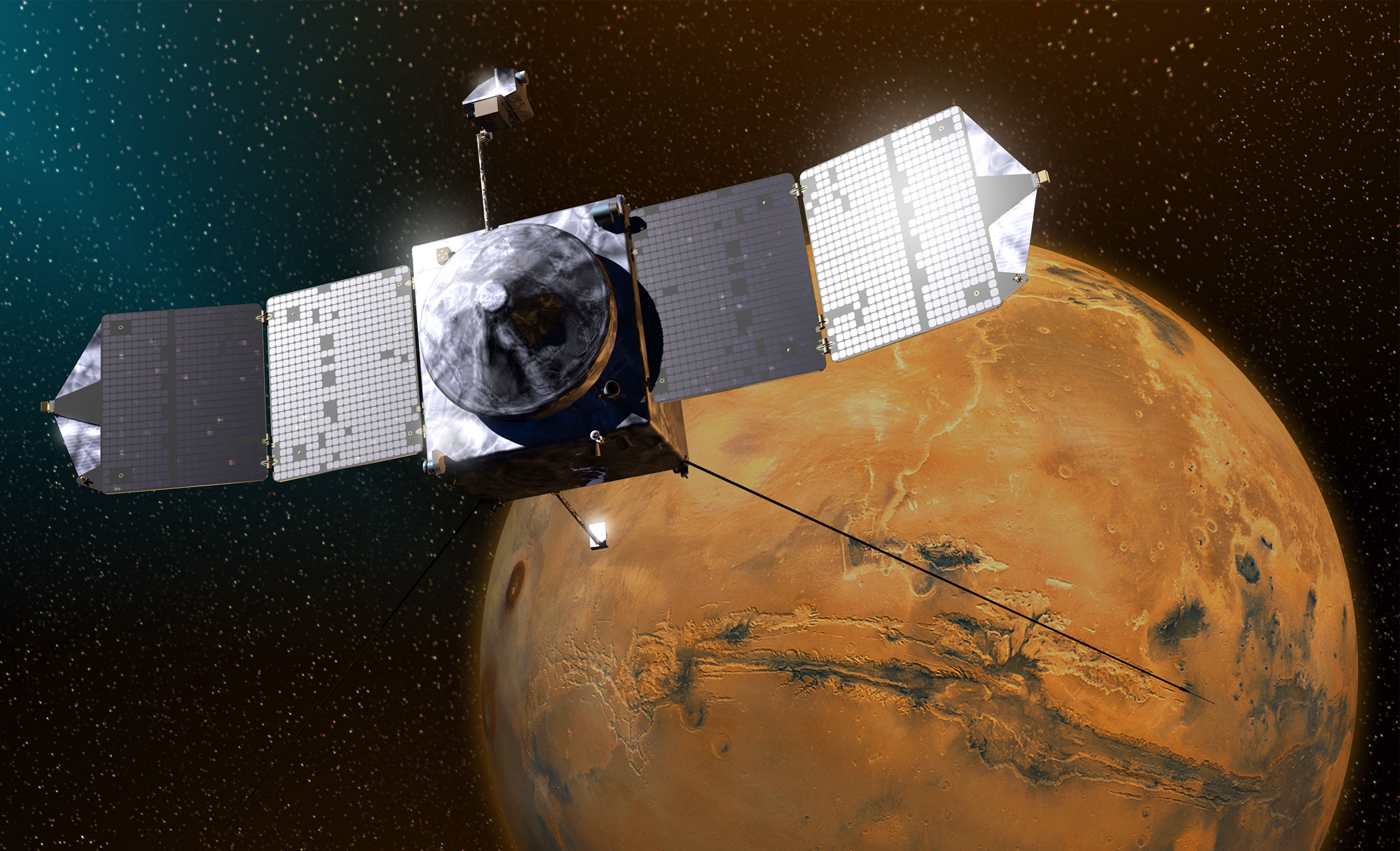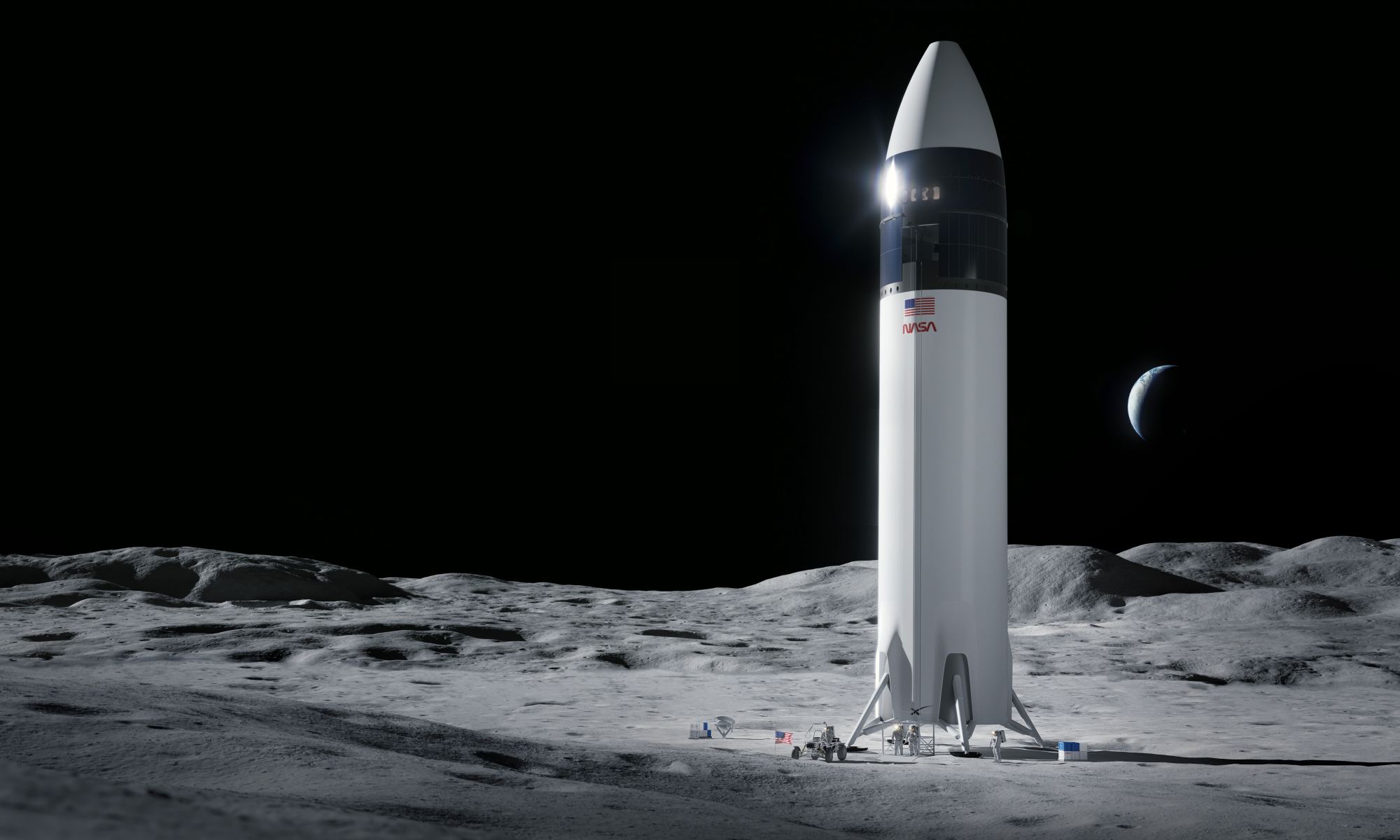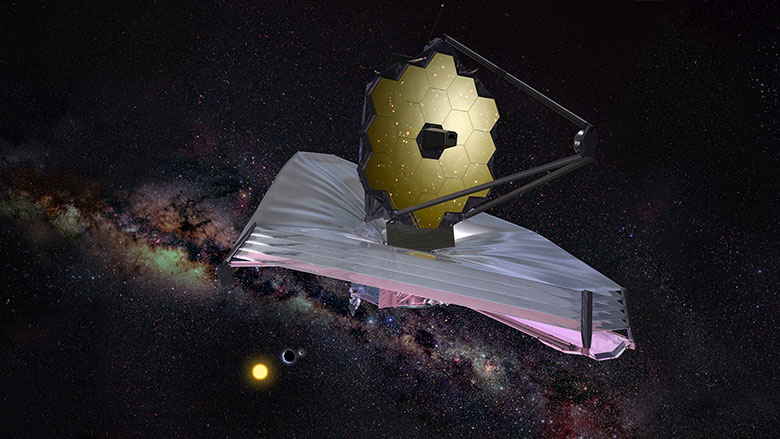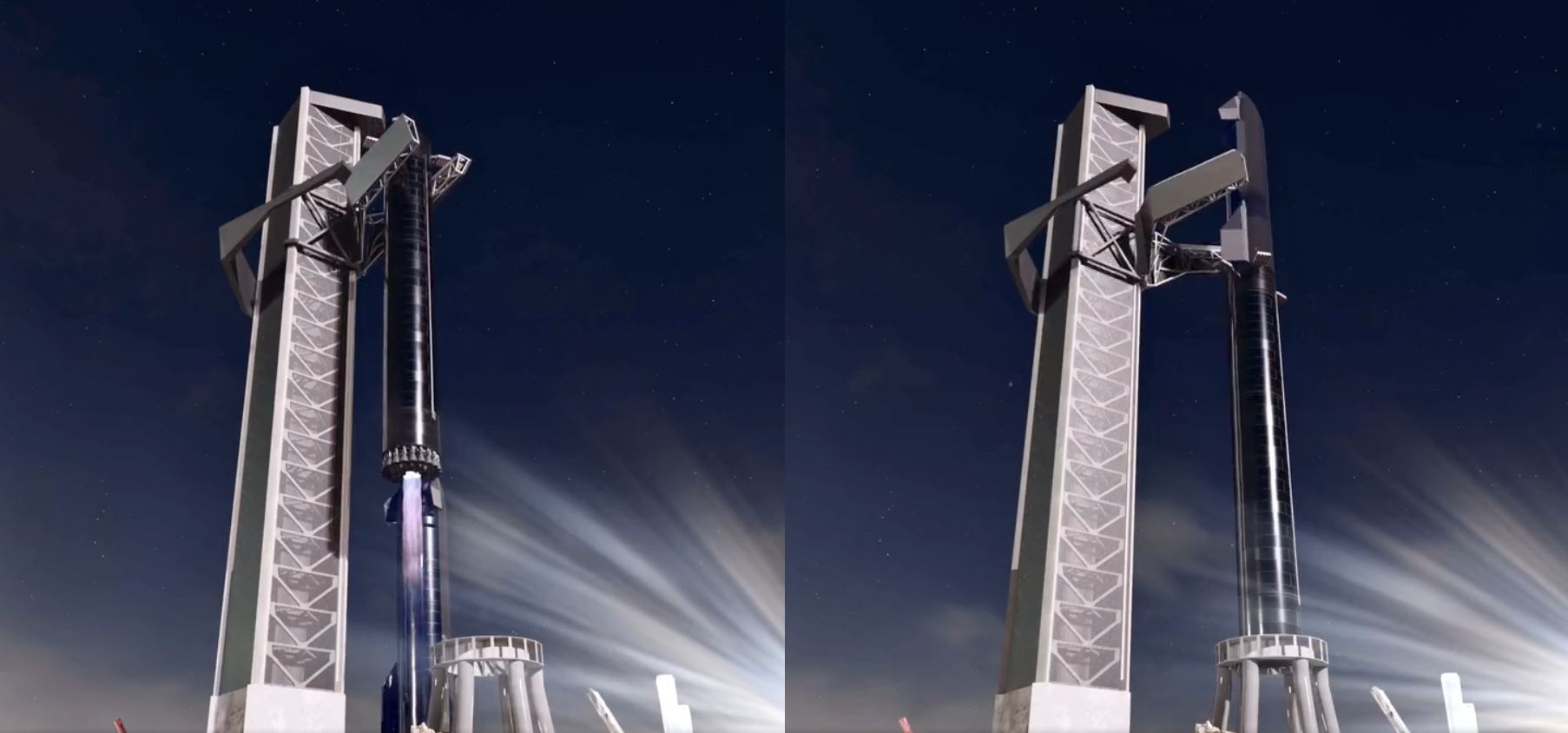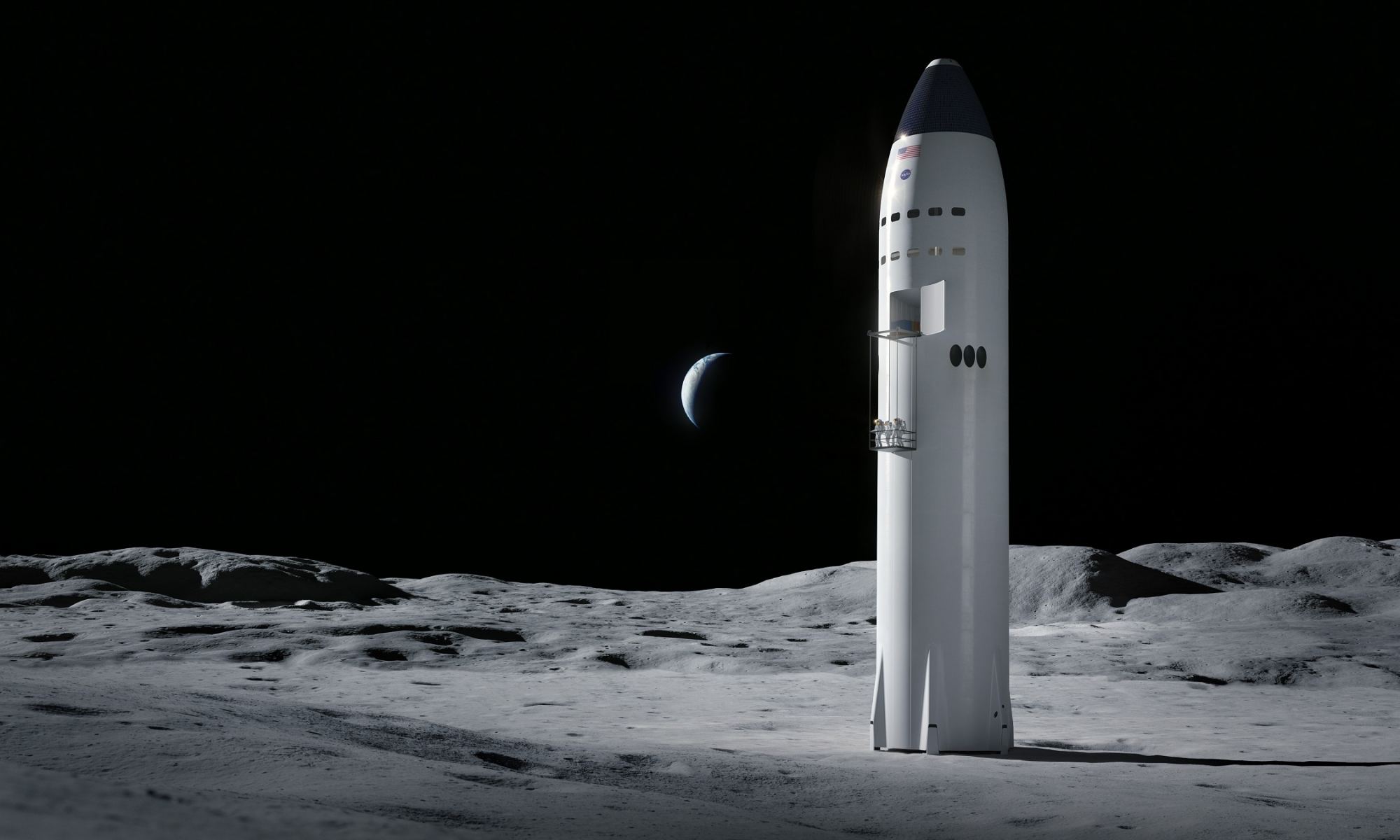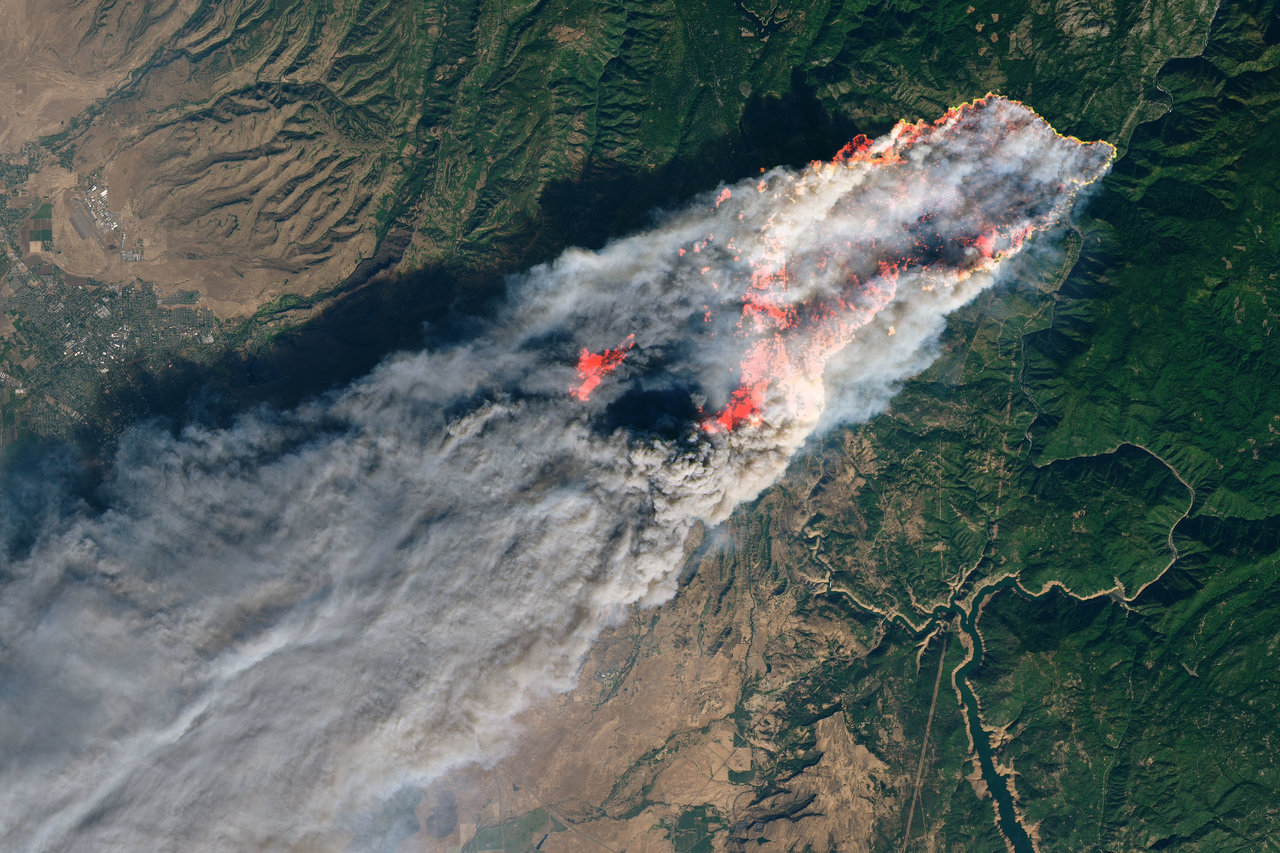Blue Origin has taken some serious steps of late to stay in the commercial space game! Ever since founder Jeff Bezos decided to step down as CEO of Amazon to focus on this brainchild of his, the company has been shaking things up and forging on ahead, hoping to become one of the most competitive and lucrative privately-owned launch services in the world. From the launchpad to the courtroom, they are making their presence felt.
Earlier today, the company completed its 17th mission (NS-17) with the New Shepard launch vehicle, a reusable vertical-takeoff and vertical-landing (VTOL) crew-rated launch vehicle designed to bring small payloads and crews to suborbital altitudes and back again safely. This was also the 8th consecutive time this particular vehicle successfully launched and returned to Earth while carrying some interesting science experiments.
Continue reading “Another Flight for New Shepard, No Passengers This Time”
